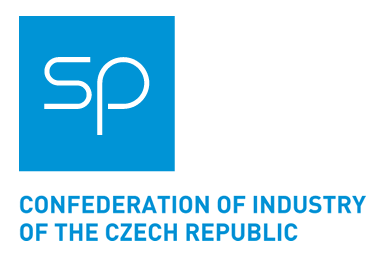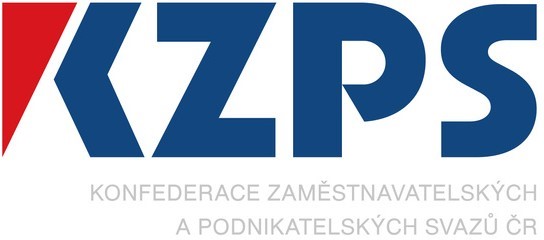Czech Business Today
EESC CORNER: EU Member States need more flexibility in reaching EU climate goals
The energy efficiency is key to achieving full decarbonisation of the EU economy and society. It helps saving the energy and therefore the greenhouse gas emissions. The European Commission proposal on the energy efficiency recast from July 2021 will help to mobilise the investment needed for the transition and particularly speed up investment in areas such as renovation that have great potential to create jobs and implement new technologies. At December plenary, the European Economic and Social Committee adopted its opinion on this important proposal being part of the Fit for 55 package.
The EESC welcomes the leading role of the public sector and positively assesses that the Commission has not included in the proposal mandatory obligations for audits, as this would impose conditions on companies’ investment plans. It also appreciates the greater emphasis on informing and empowering consumers in the proposal. However, it points out that the green transition will require massive investments from the public and private sector. The EESC acknowledges that the COVID-19 pandemic had a big impact on the European economy and undermined the EU’s collective efforts in terms of meeting higher targets – and will certainly have further consequences.
The EESC realises that the increasingly demanding efficiency targets at the EU level, with Member States required to reduce energy consumption by 9% in 2030 compared to the projections of the 2020 reference scenario, are challenging and ambitious. Hence, it recommends that indicative national targets take into account the different starting-points, specific national circumstances such as the share of industry in GDP and emission reduction potential.
The right balance needs to be struck so as to meet the EU targets at minimum total cost. The cost-efficiency of energy-saving measures typically decreases as the volume of energy saved increases: initial measures are easy to apply, but further measures are costlier and yield a smaller result. The same goes for the energy efficiency principle which should not be taken as dogma. The aim should be to achieve the greatest possible reduction of greenhouse gas emissions at the lowest possible socio-economic cost, and the Committee is worried that ambitious targets for district heating/cooling may worsen the conditions of social housing.
Last but not least, the Committee calls on the European institutions to ensure synergies among the initiatives under the Fit for 55 package. In the event of substantive amendments to the package, the EESC asks the EU institutions to draft an impact assessment.
Alena Mastantuono, EESC Member of Employers´ Group and EESC rapporteur on the EED recast






